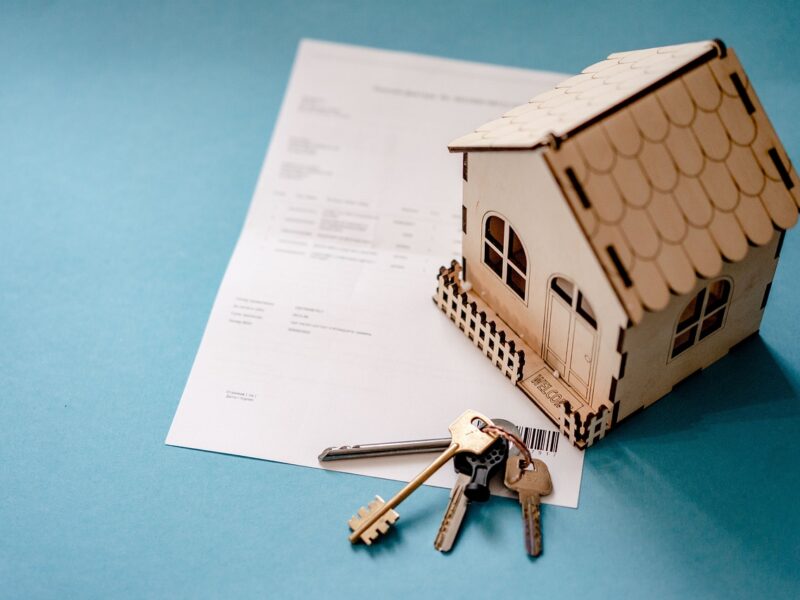If you’ve ever sold something on Craigslist and let the buyer pay in installments, you’ve already scratched the surface of what a mortgage note is just on a much smaller scale. A mortgage note is essentially an agreement where the buyer pays the seller over time instead of borrowing from a bank. But unlike that used bike sale, a mortgage note can involve tens or hundreds of thousands of dollars, legal paperwork, and a long-term financial relationship.
Creating your mortgage note is not only possible it’s legal, too. But you’ll need to wear a few hats: seller, lender, and negotiator. The goal is to protect your interests while offering terms that the buyer can commit to.
Choosing to Lend or Sell; Which Path Feels Right?
Before diving into paperwork, it’s worth thinking about your overall goal. Do you want ongoing income, or do you prefer a lump sum payout?
Some property owners are drawn to the monthly income a mortgage note provides, but others prefer a quicker, cleaner exit. If you’re considering selling your home instead of creating a mortgage note, check out how Houses For Cash Baltimore can help you sell quickly. Their process is streamlined, letting you move on without the added responsibilities of becoming a lender.
What You’ll Need to Make It Legit
This isn’t a casual deal you’ll need proper documentation to make the note enforceable and legally binding. Here’s what goes into a solid DIY mortgage note setup:
1. Promissory Note
This is the core document where the buyer agrees to repay you. It must include the loan amount, interest rate, payment schedule, penalties for late payments, and more. Make the terms crystal clear, no ambiguity allowed.
2. Mortgage or Deed of Trust
This document secures your interest in the property. If the buyer defaults, it gives you the right to reclaim the home through foreclosure. It must be filed with the county to be legally effective.
3. Sales Contract
This outlines the sale price, property details, timeline, and any contingencies. You’ll use it to finalize the initial transaction before the financing kicks in.
4. Amortization Schedule
A detailed chart showing how each payment breaks down between principal and interest over time. This helps both parties stay on the same page.
5. Legal Property Description
You’ll need the full legal description of the property not just the address. This ensures clarity and legal protection in the future.
While it’s technically possible to do this all yourself, it’s smart to involve a real estate attorney or use professional templates. That way, you’ll avoid potential loopholes and create trust with your buyer.
Know Who You’re Lending To
Just because someone wants to buy your property doesn’t mean they’re a safe bet for seller financing. You need to assess their ability to pay consistently.
Ask for credit reports, employment verification, and other financial documents. You’re stepping into the role of the bank so treat it like a business. Don’t shy away from tough questions. Would they still be able to make payments if their financial situation changed? The better you vet now, the fewer surprises you’ll face later.
You Don’t Have to Do It All Yourself
DIY doesn’t mean doing everything alone. You’ll want a few experts in your corner:
- Real estate attorneys: They’ll ensure your documents are valid, enforceable, and compliant with state laws.
- Title company: They can help manage closing and make sure everything is recorded properly.
- Loan servicing company: For a small fee, they’ll handle payment collection, send statements, and track everything for tax season.
These services can save you time and protect your investment, giving both you and your buyer peace of mind.
It’s Income But With Strings Attached
A properly structured mortgage note can provide monthly income for years. It’s an appealing option for sellers who don’t need all their cash upfront and want to generate ongoing returns.
But it’s not without risk. If the buyer stops paying, you could face a lengthy and costly foreclosure process. That’s why the note needs to include clear remedies and require a strong down payment.
Also, think about the term: Do you want to wait 15 to 30 years to be paid in full? Or would you rather sell the note to an investor later at a discount? Consider all the angles before signing on the dotted line.
Other Roads to Explore
If managing a mortgage note sounds stressful, you’re not stuck. Traditional cash sales are still an option and may offer the speed and simplicity you’re after.
The best path depends on your financial goals, risk tolerance, and how involved you want to be post-sale. Either route can work as long as it aligns with what you need most.
Take Your Time, Do It Right
Creating a mortgage note can open the door to new opportunities. But like any financial commitment, it comes with responsibilities.
Read up on your state laws. Talk to professionals. Take your time with the paperwork. A well-crafted note could be the smartest move you make but only if you approach it with care.
Done right, you’ll not only sell your property you’ll set up a dependable stream of income that works for you, long after the “Sold” sign comes down.












